Gila Monster Vs Beaded Lizard | Gila Monster Vs Rattlesnake Combined Comparison
Gila monsters differ from beaded lizards in size and weight, with the beaded lizards growing larger and heavier. Since they are both venomous, a beaded lizard would likely overpower a Gila monster in a fight using its size and weight advantage.
Rattlesnakes are deadly and venomous, but will be overpowered by Gila monsters (and beaded lizards) which are also venomous in addition to being heavier and stronger.
-Gila Monster Vs Beaded Lizard
i. Size and Weight:
– The Mexican beaded lizard can grow larger than the Gila monster, also possessing longer tails.
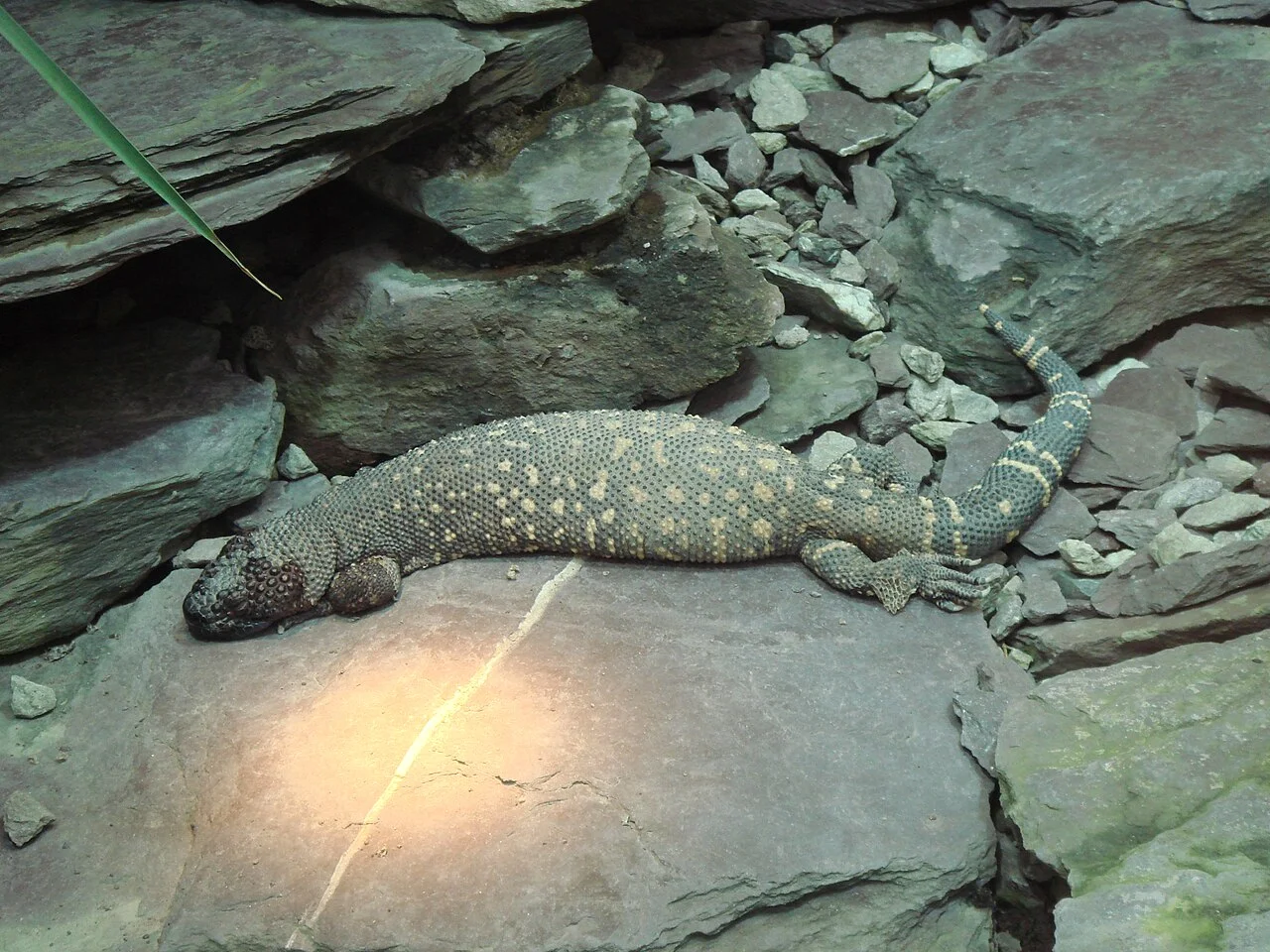
ii. Outcome Prediction – Gila Monster vs Beaded Lizard:
– In an actual confrontation, the beaded lizard has an advantage due to its larger size and weight.
-Gila Monster vs Rattlesnake
i. Venom and Characteristics:
– Both Gila monsters and Mexican beaded lizards are venomous, having venom comparable to a western diamondback rattlesnake.
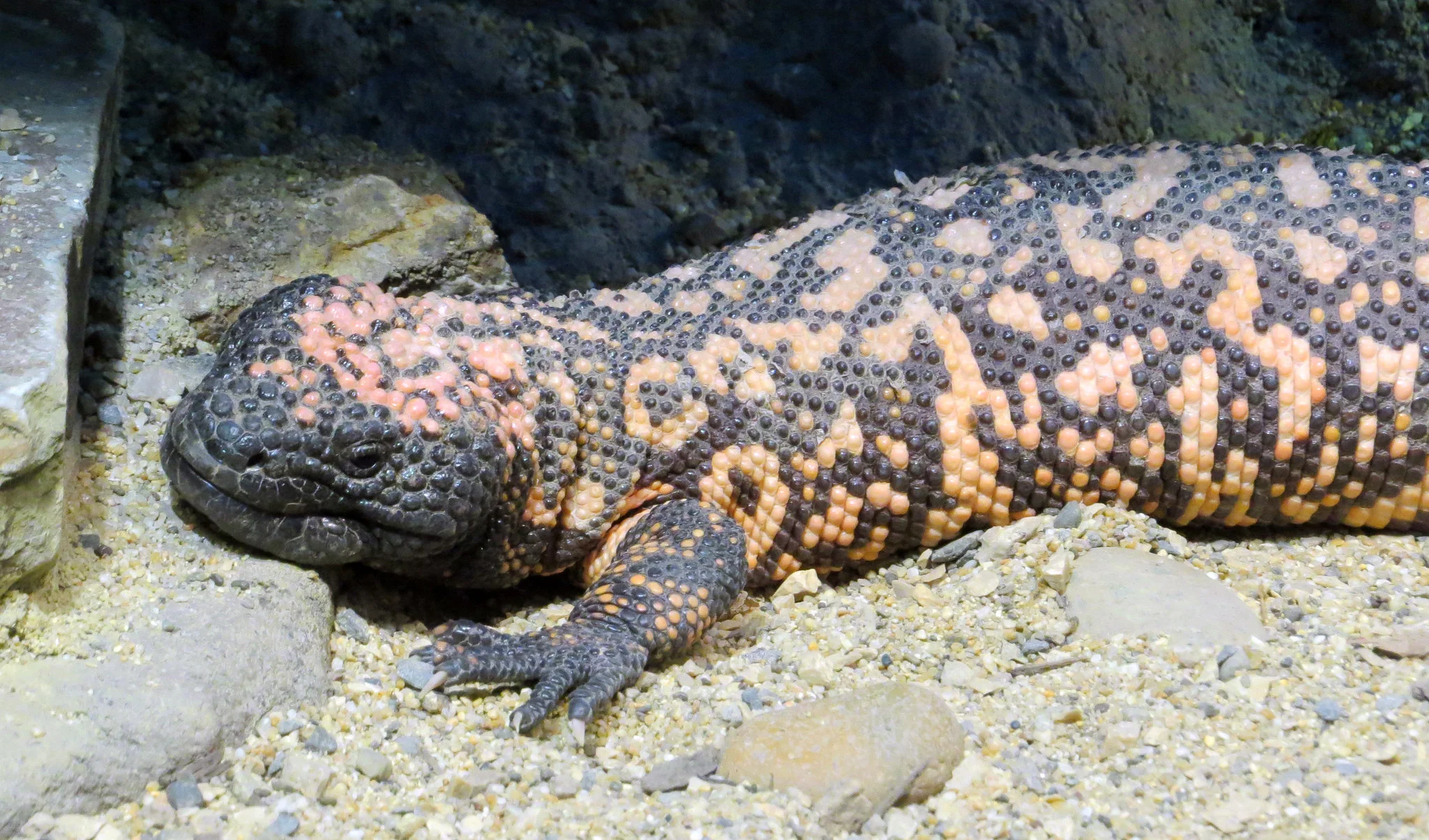
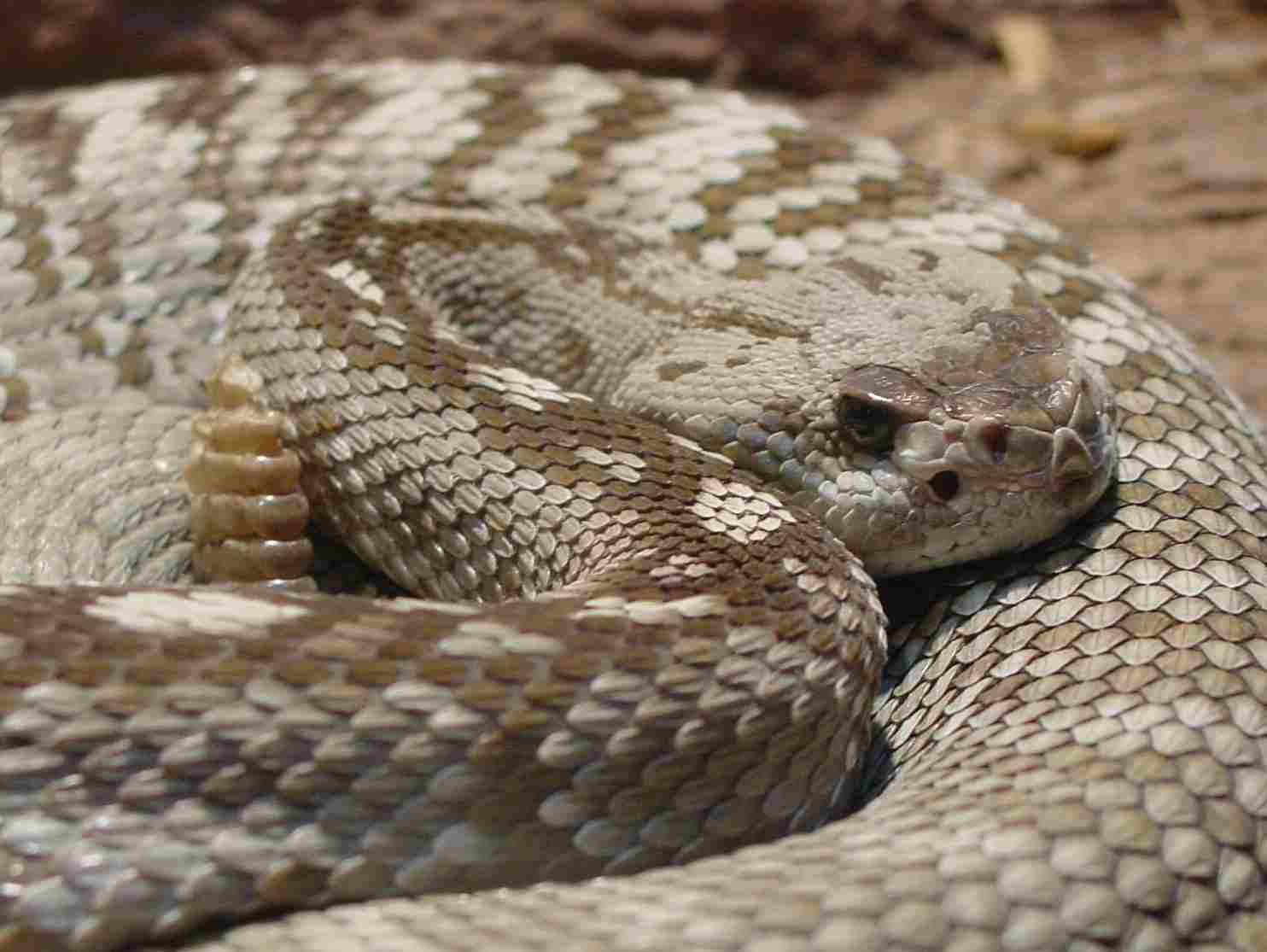
ii. Outcome Prediction – Gila Monster vs Rattlesnake:
– The Gila monster would likely emerge victorious in a confrontation with a rattlesnake due to its substantial weight, strength, and venomous capabilities.
*Details of Comparison
| Criteria | Gila Monster | Beaded Lizard | Rattlesnake |
| Taxonomy | Family: Helodermatidae | Family: Helodermatidae |
Family: Viperidae
|
| Appearance | Bead-like scales, bold patterns | Bead-like scales, darker coloration |
Triangular head, rattles on tail
|
| Size | 12-14 inches | 24-36 inches |
Varies widely among species
|
| Weight | 1-2 pounds | 4-6 pounds |
Varies widely among species
|
| Bite Force (PSI) | Venomous bite | Venomous bite | Venomous bite |
| Physical Offensive Advantages | Venom as primary offensive mechanism | Venom as primary offensive mechanism |
Venom as primary offensive mechanism
|
| Physical Defensive Advantages | Tough scales | Tough scales |
Camouflage, rattling tail, venomous bite
|
| Speed | Slow-moving | Slow-moving |
Variable slithering speeds
|
| Agility | Low | Low |
Variable agility, especially in striking
|
| Senses | Good sense of smell | Good sense of smell | Infrared vision |
| Overall Physical Capacity | Stout bodies, ambush predation | Stout bodies, ambush predation |
Adaptations for slithering and striking
|
| Habitat Preference | Arid and semi-arid regions | Arid and semi-arid regions |
Diverse habitats across the Americas
|
| Tracks | Distinctive tracks with claw marks | Distinctive tracks with claw marks |
Trackless movement
|
| Lifespan | 20-30 years | 20-30 years |
Varies widely among species
|
| Mode of Feeding | Carnivorous | Carnivorous | Carnivorous |
| Intelligence | Limited cognitive abilities | Limited cognitive abilities |
Basic cognitive abilities
|
| Social Behavior | Mostly solitary | Mostly solitary |
Generally solitary
|
| Mode of Reproduction | Oviparous | Oviparous | Viviparous or ovoviviparous |
| Parental Behavior | Limited parental care | Limited parental care | Limited parental care |
| Proximity to Human Areas | Near human settlements | Near human settlements | Adaptable to human-altered landscapes |
| Behavior Toward Humans | Avoidance, defensive if threatened | Avoidance, defensive if threatened | Avoidance, may strike if provoked |
| Danger Posed to Humans | Venomous bites, rarely fatal | Venomous bites, rarely fatal | Venomous bites, potential for severe health issues |
| Associated Precautions | Caution when encountering, avoid provoking or handling | Caution when encountering, avoid provoking or handling | Exercise caution, give space to avoid bites |
| Conservation Status | Near Threatened | Varies (some species are Near Threatened or Vulnerable) | Varies among species, some are of Least Concern |
Key Points
- Gila Monster and Beaded Lizard share similarities in taxonomy, appearance, and ecology.
- Rattlesnakes exhibit a broader geographic distribution and habitat adaptability.
- Beaded Lizard is larger and heavier than Gila Monster.
- All three species use venom as their primary offensive mechanism.
- Gila Monster and Beaded Lizard have similar lifespan ranges.
- Rattlesnakes exhibit more variability in size, lifespan, and reproductive strategies.
- Limited parental care is observed in all three species.
- Conservation concerns exist for each species, with specific threats and statuses varying.
1. Taxonomy:
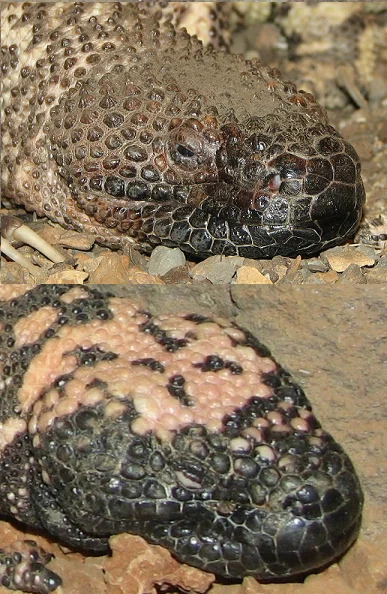
Gila Monster (Heloderma suspectum):
Order: Squamata
Family: Helodermatidae
Genus: Heloderma
Species: suspectum
Beaded Lizard (Heloderma horridum):
Order: Squamata
Family: Helodermatidae
Genus: Heloderma
Species: horridum
Rattlesnake (Crotalus spp.):
Order: Squamata
Family: Viperidae
Genus: Crotalus
Various species within the genus (e.g., C. atrox, C. adamanteus)
2. Appearance:
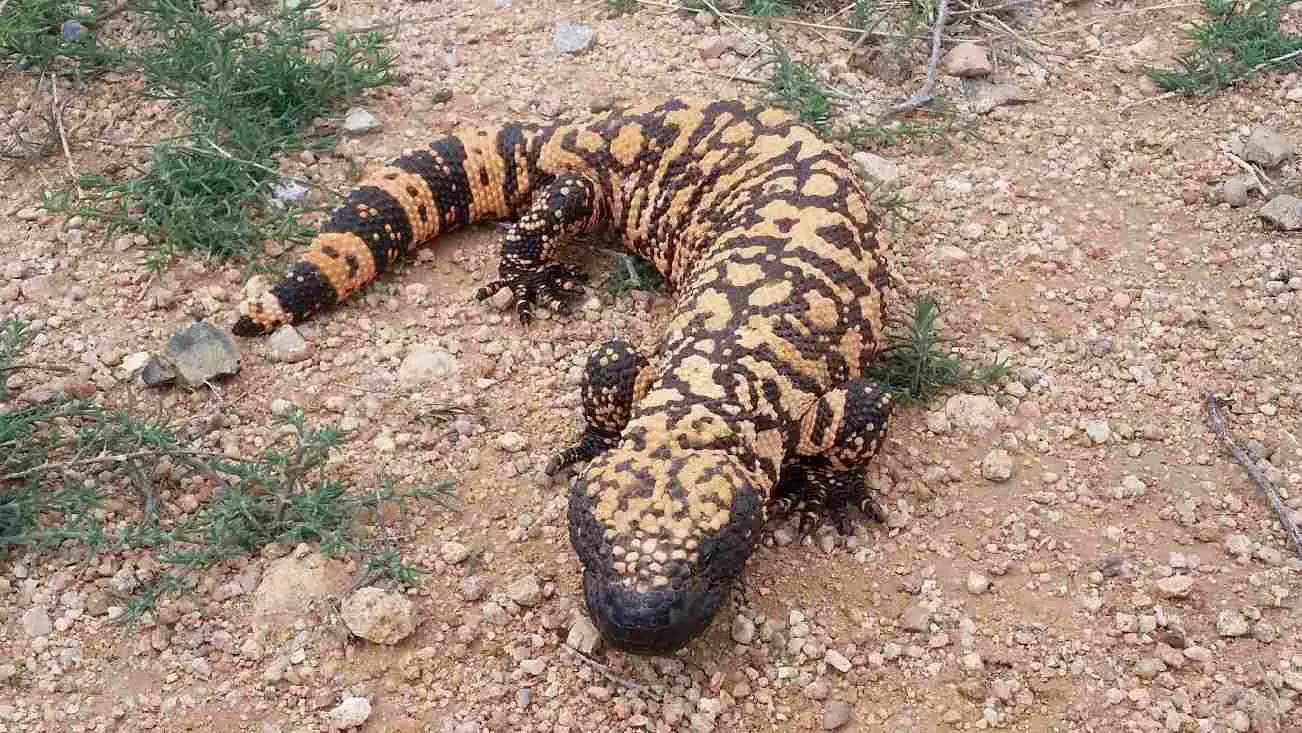
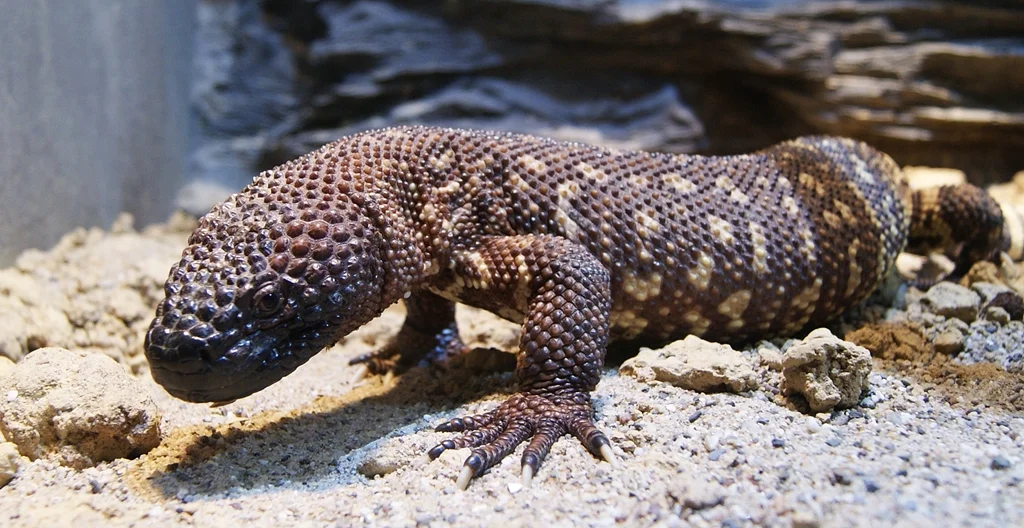
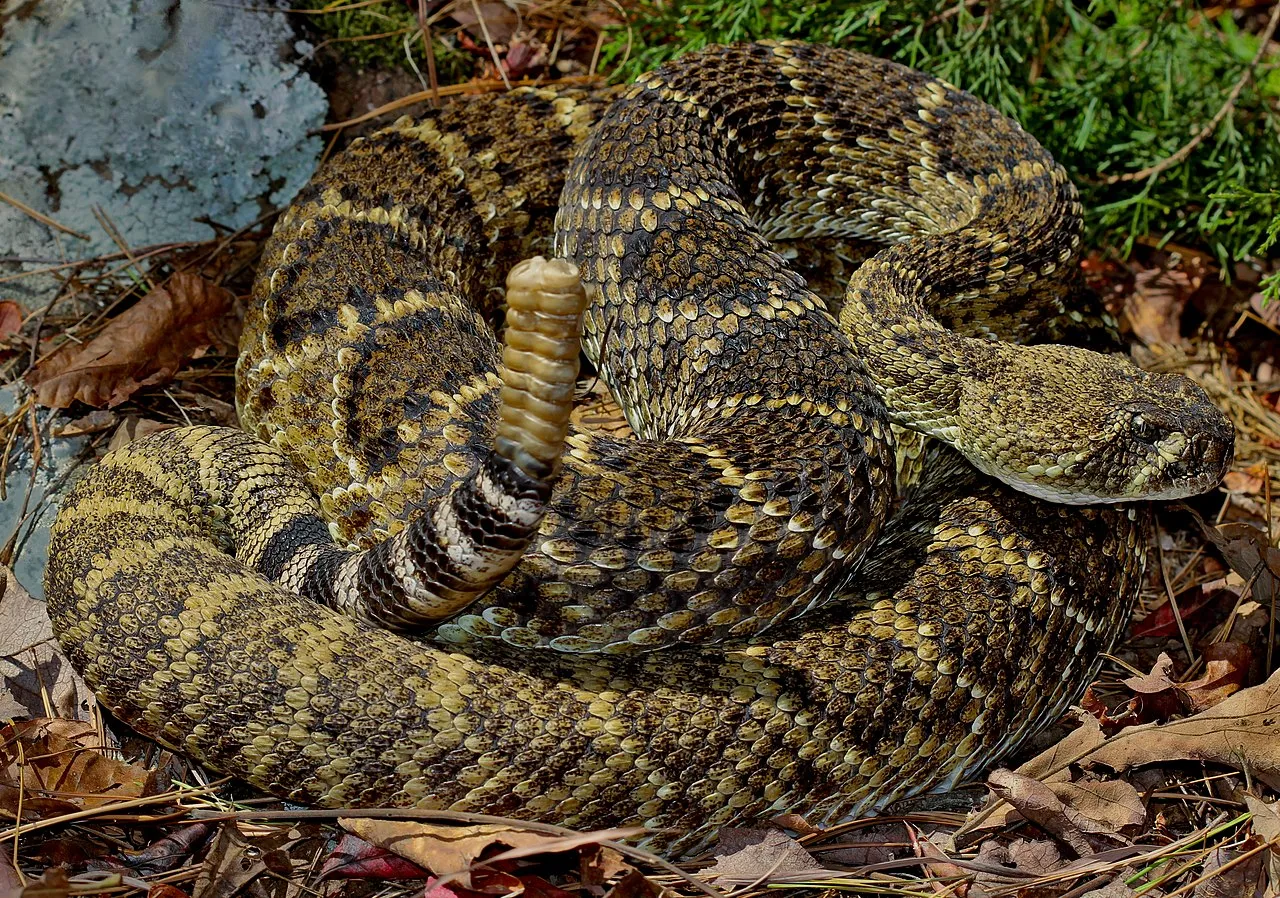
Gila Monster:
Stocky, robust body with black and pinkish-orange bead-like scales.
Distinctive bold patterns on its skin.
Beaded Lizard:
Similar to Gila Monster but may have darker, less contrasting coloration.
Prominent beaded appearance due to raised scales.
Rattlesnake:
Slender body with a distinctive triangular-shaped head.
Scales in various patterns, often with rattles on the tail.
Comparison:
Gila Monster and Beaded Lizard share a close resemblance with bead-like scales.
Rattlesnake has a more slender body and lacks the bead-like appearance.
Ecological Implications:
The distinctive appearances serve as warning signals, indicating venomous nature to potential predators.
3. Size:
Gila Monster:
Length: 12-14 inches (30-36 cm) on average.
Beaded Lizard:
Length: 24-36 inches (60-90 cm) on average.
Rattlesnake:
Length varies widely among species, from 1 to 8 feet (30 cm to 2.4 m).
Comparison:
Beaded Lizard is generally larger than the Gila Monster.
Rattlesnakes exhibit considerable size variation depending on the species.
Ecological Implications:
Size impacts prey selection, predator avoidance, and overall ecological role.
4. Weight:
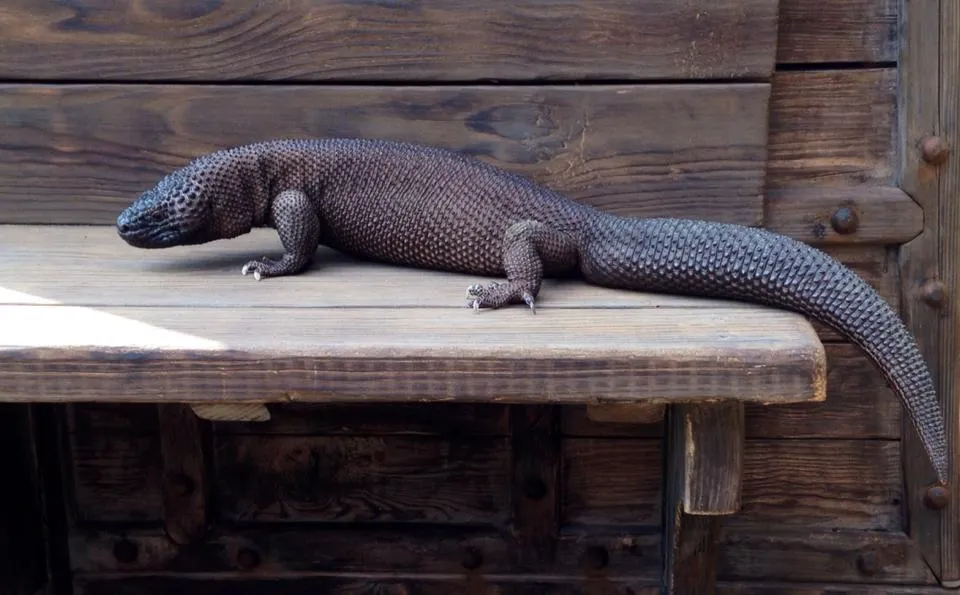
Gila Monster:
Weight: 1-2 pounds (0.5-1 kg).
Beaded Lizard:
Weight: 4-6 pounds (1.8-2.7 kg).
Rattlesnake:
Weight varies widely, from a few ounces to over 15 pounds (7 kg).
Comparison:
Beaded Lizard is significantly heavier than the Gila Monster.
Rattlesnake weights vary widely among species.
Ecological Implications:
Weight influences mobility, thermoregulation, and energy requirements in their respective ecosystems.
5. Bite Force (PSI):
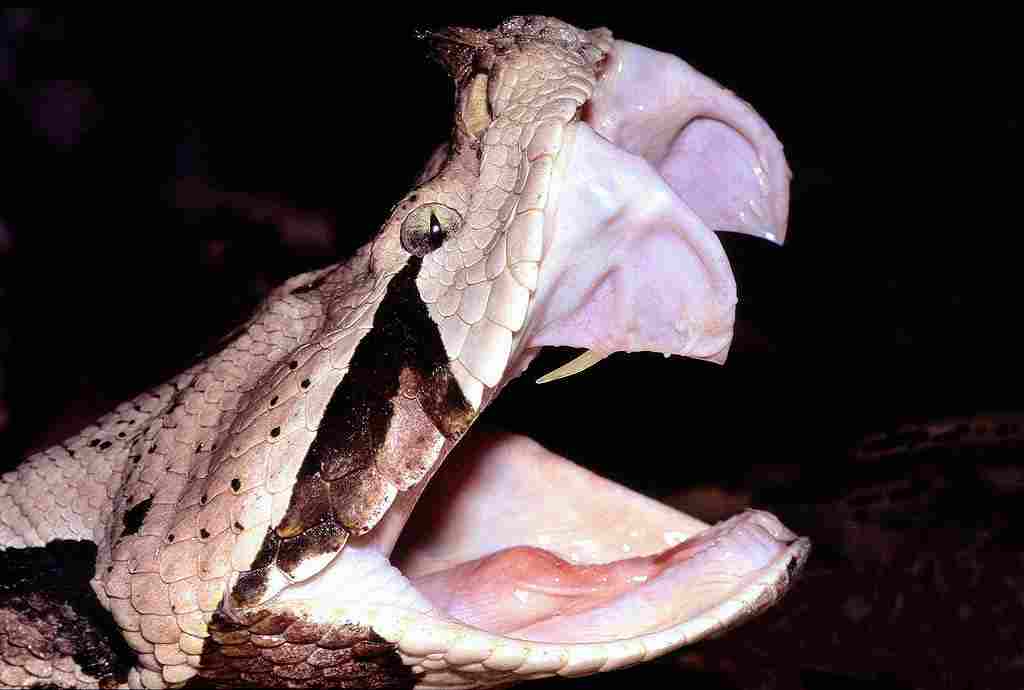
Gila Monster and Beaded Lizard:
Non-venomous; bite force is not a significant factor in subduing prey.
Rattlesnake:
Bite force varies among species, but venom is the primary factor in prey immobilization.
Comparison:
Gila Monster and Beaded Lizard rely on venom rather than bite force for prey capture.
Rattlesnakes use venom injected through their fangs to subdue prey.
Ecological Implications:
Venomous bites play a crucial role in controlling prey populations and self-defense.
6. Physical Offensive Advantages:
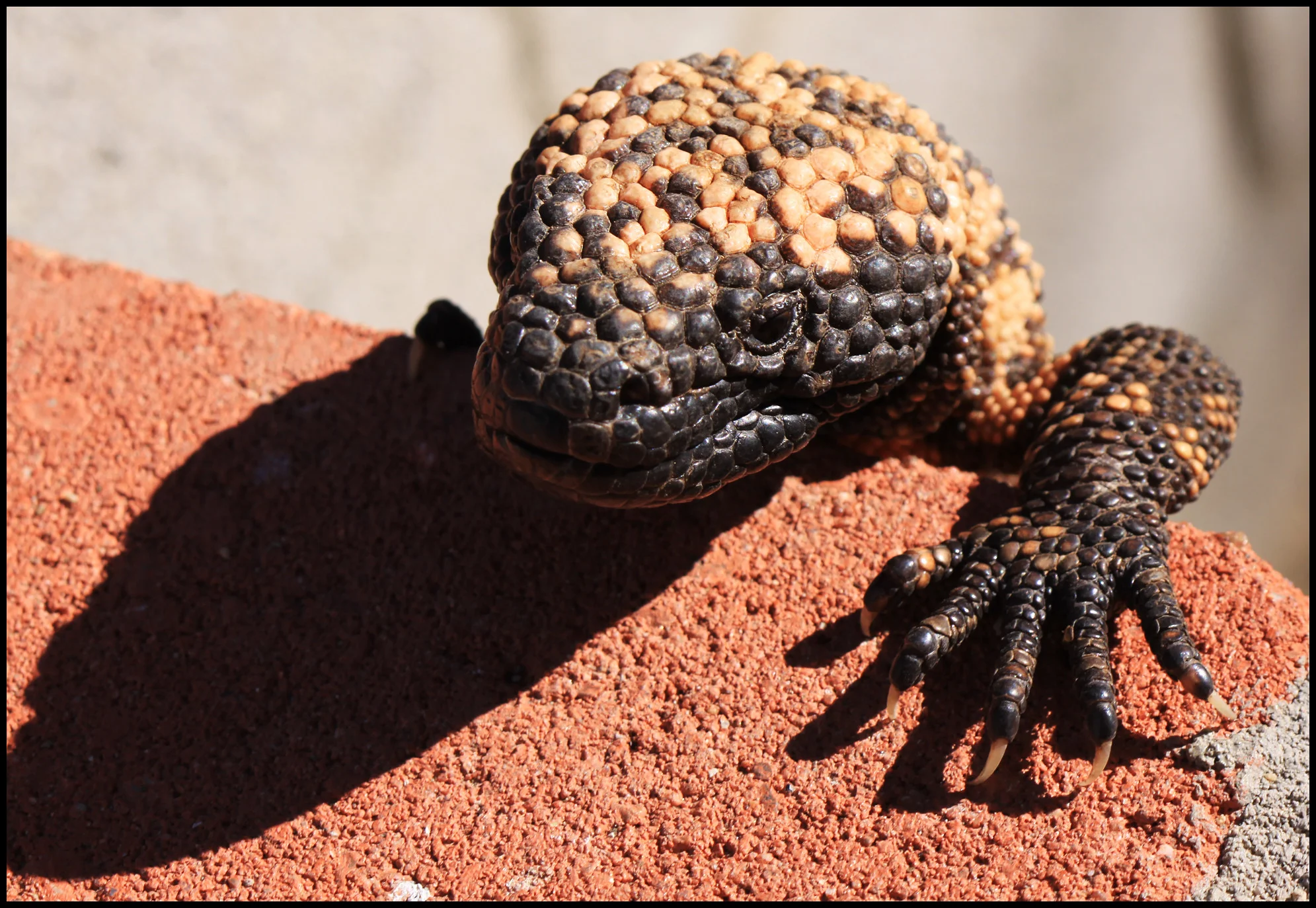
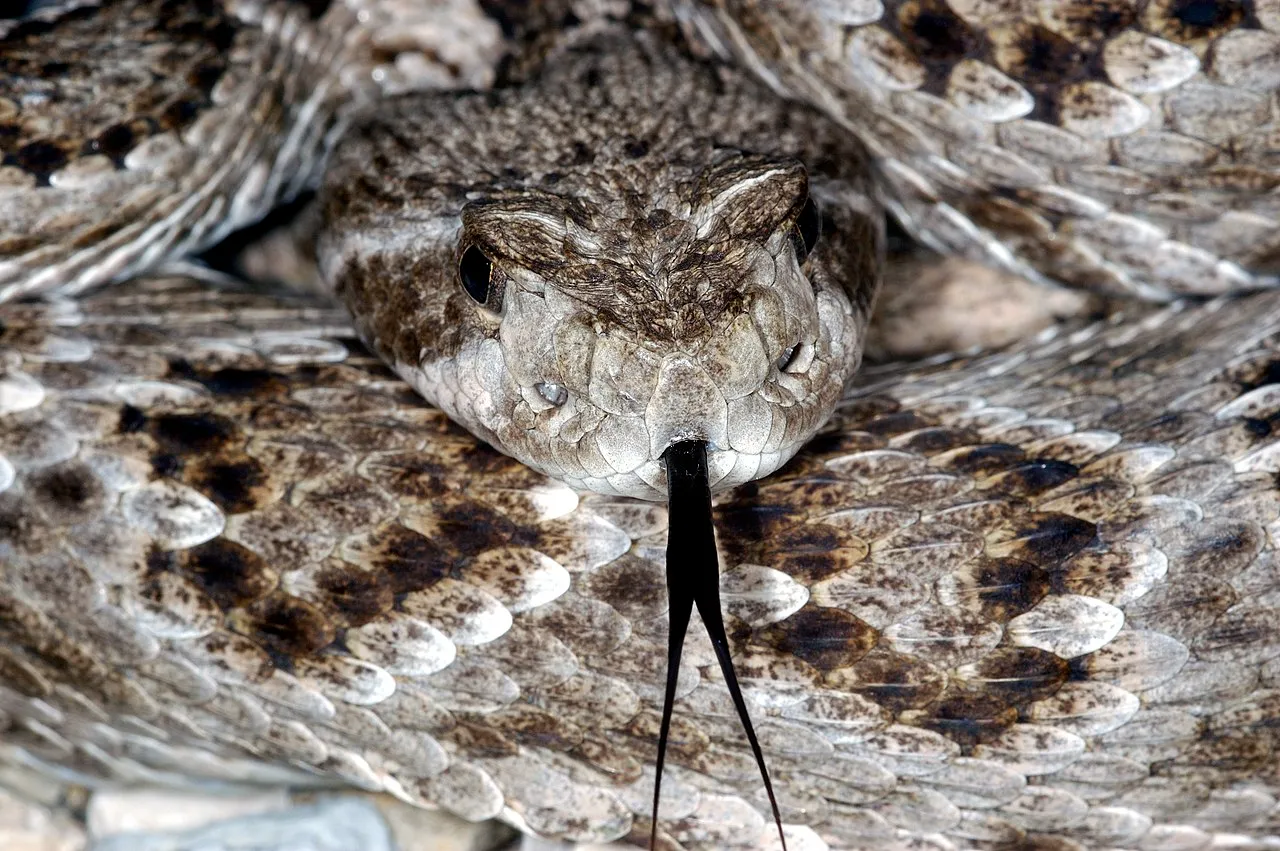
Gila Monster and Beaded Lizard:
Venomous bite serves as a potent offensive weapon.
Rattlesnake:
Venomous fangs for injecting toxins into prey.
Comparison:
All three species utilize venom as a primary offensive mechanism.
Ecological Implications:
Effective predation and defense mechanisms contribute to maintaining ecological balance.
7. Physical Defensive Advantages:
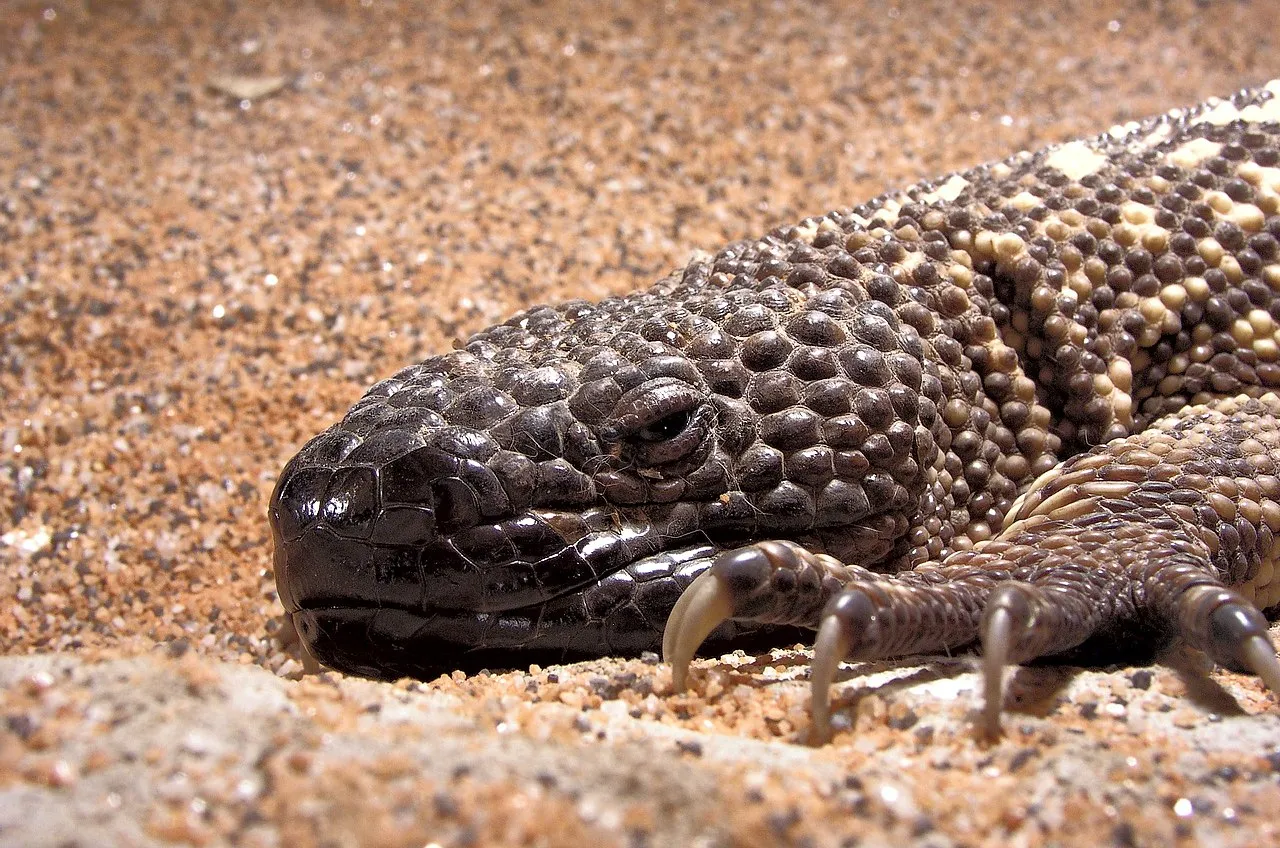
Gila Monster and Beaded Lizard:
Tough, beaded scales provide protection against predators.
Rattlesnake:
Camouflage, rattling tail, and venomous bite serve as defensive adaptations.
Comparison:
Gila Monster and Beaded Lizard rely on robust scales for defense, while Rattlesnake employs various strategies.
Ecological Implications:
Adaptations enhance survival by deterring predators or minimizing harm from potential threats.
8. Speed (Km/hour or Mile/hour):
Gila Monster and Beaded Lizard:
Slow-moving; typical walking pace.
Rattlesnake:
Slithering speed varies, generally not fast compared to mammalian predators.
Comparison:
Limited mobility, particularly in Gila Monster and Beaded Lizard.
Ecological Implications:
Slow movement influences hunting strategies, habitat selection, and overall ecological niche.
9. Agility:
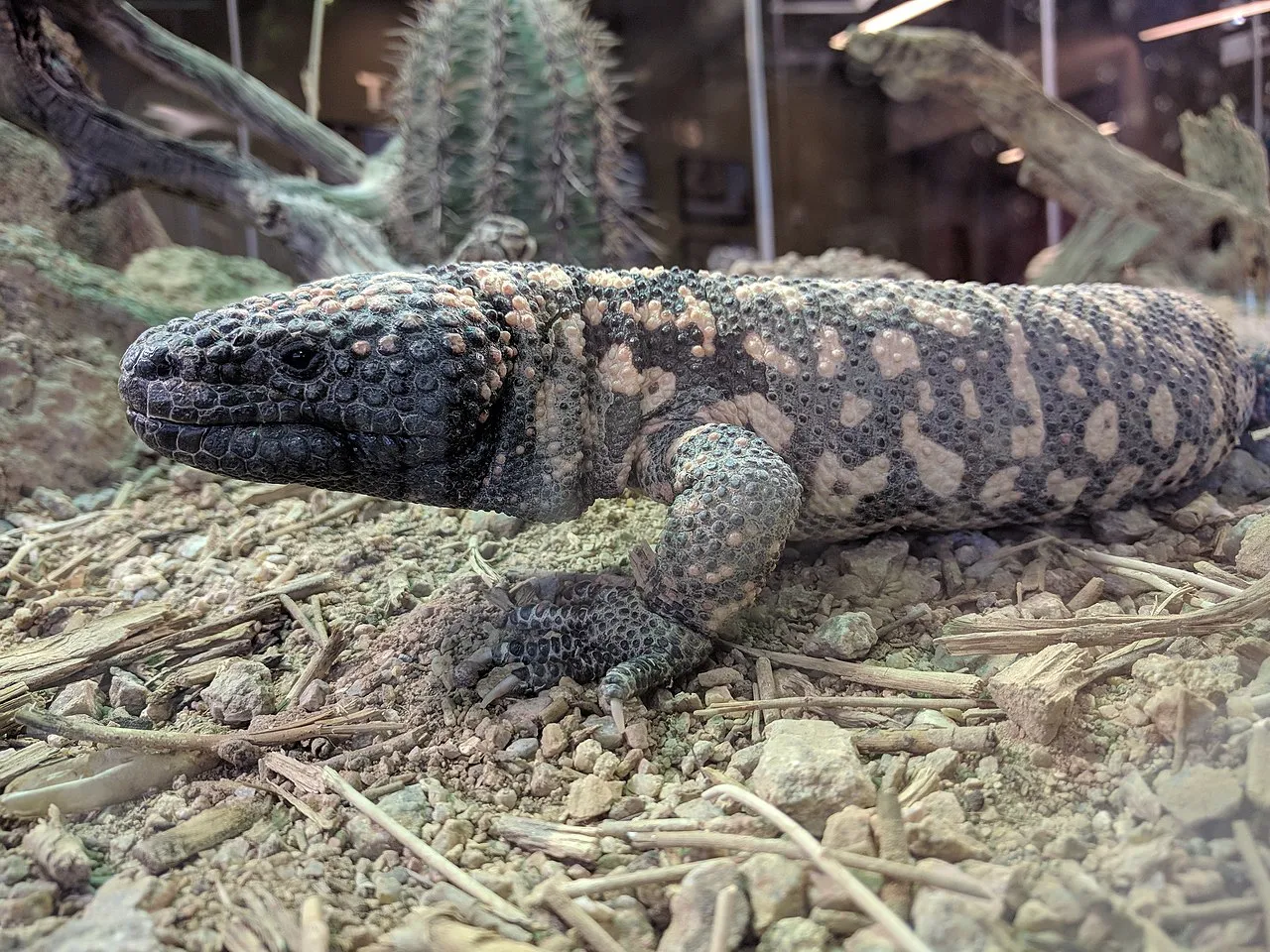
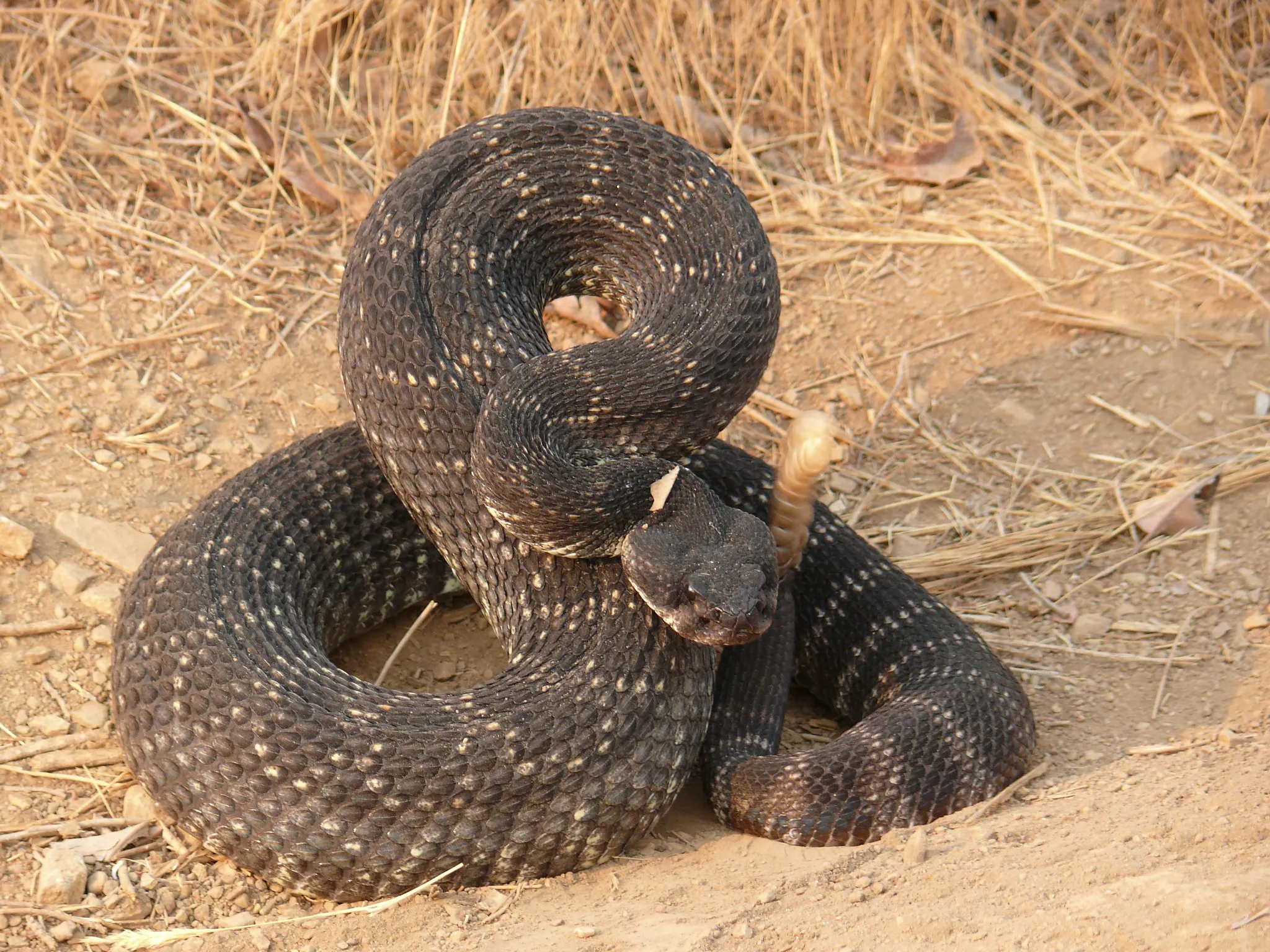
Gila Monster and Beaded Lizard:
Relatively low agility due to their bulky bodies.
Rattlesnake:
Agile in striking and moving through their environment.
Comparison:
Rattlesnakes demonstrate more agility, especially in striking at prey.
Ecological Implications:
Agility impacts hunting success and evasion of predators in their respective ecosystems.
10. Senses:
Gila Monster and Beaded Lizard:
Good sense of smell; use their forked tongues to detect chemical cues.
Rattlesnake:
Well-developed sense of infrared vision, aiding in detecting prey’s heat signatures.
Comparison:
While all three rely on chemical cues, rattlesnakes have a unique infrared vision adaptation.
Ecological Implications:
Senses contribute to efficient prey detection and navigation in their environments.
11. Overall Physical Capacity:
Gila Monster and Beaded Lizard:
Stout bodies with adaptations for ambush predation.
Rattlesnake:
Well-adapted for slithering and striking with venomous fangs.
Comparison:
Different adaptations cater to their specific ecological roles.
Ecological Implications:
Physical capacities align with their ecological functions, ensuring effective survival strategies.
12. Habitat Preference(s) and Geographic Region:
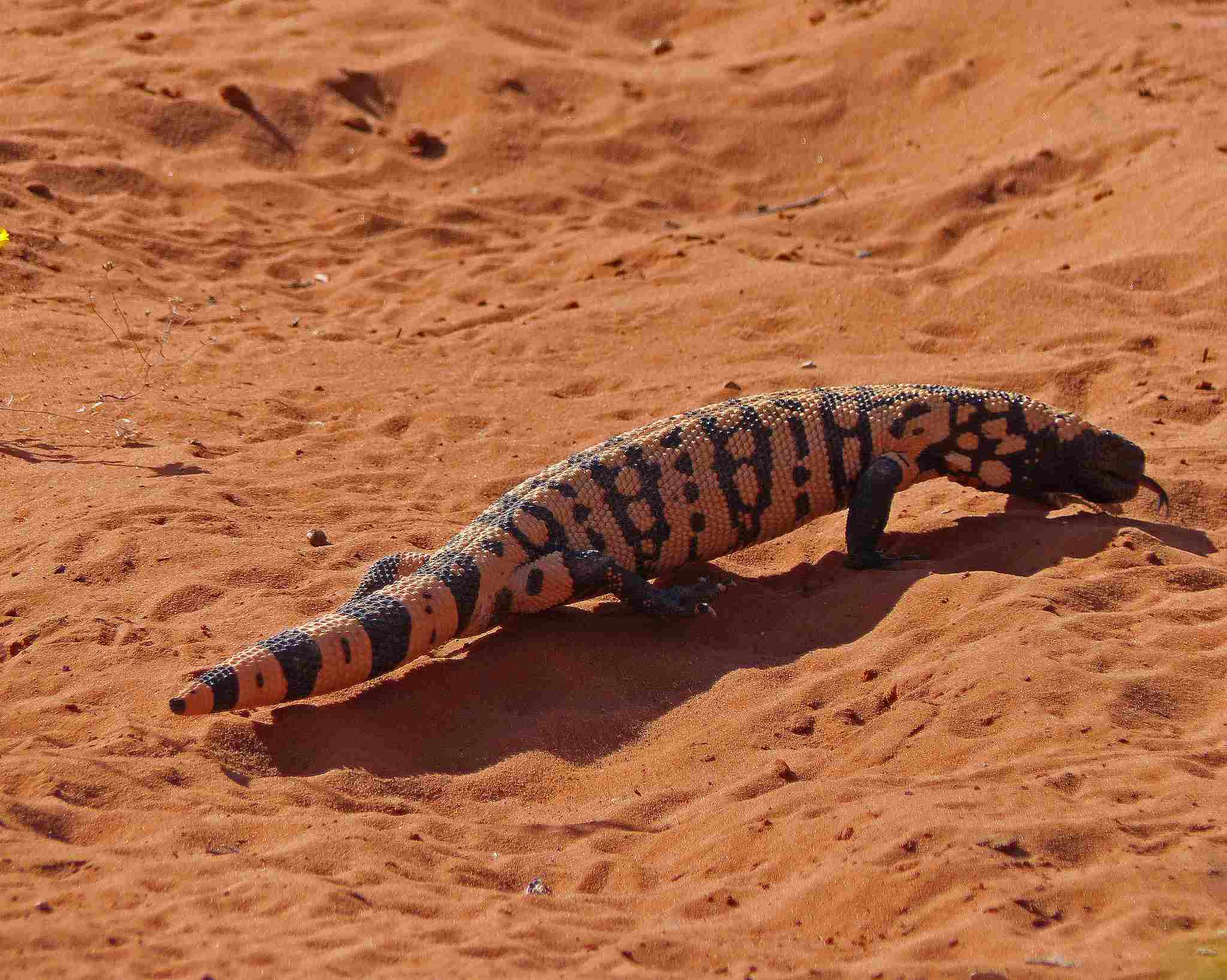
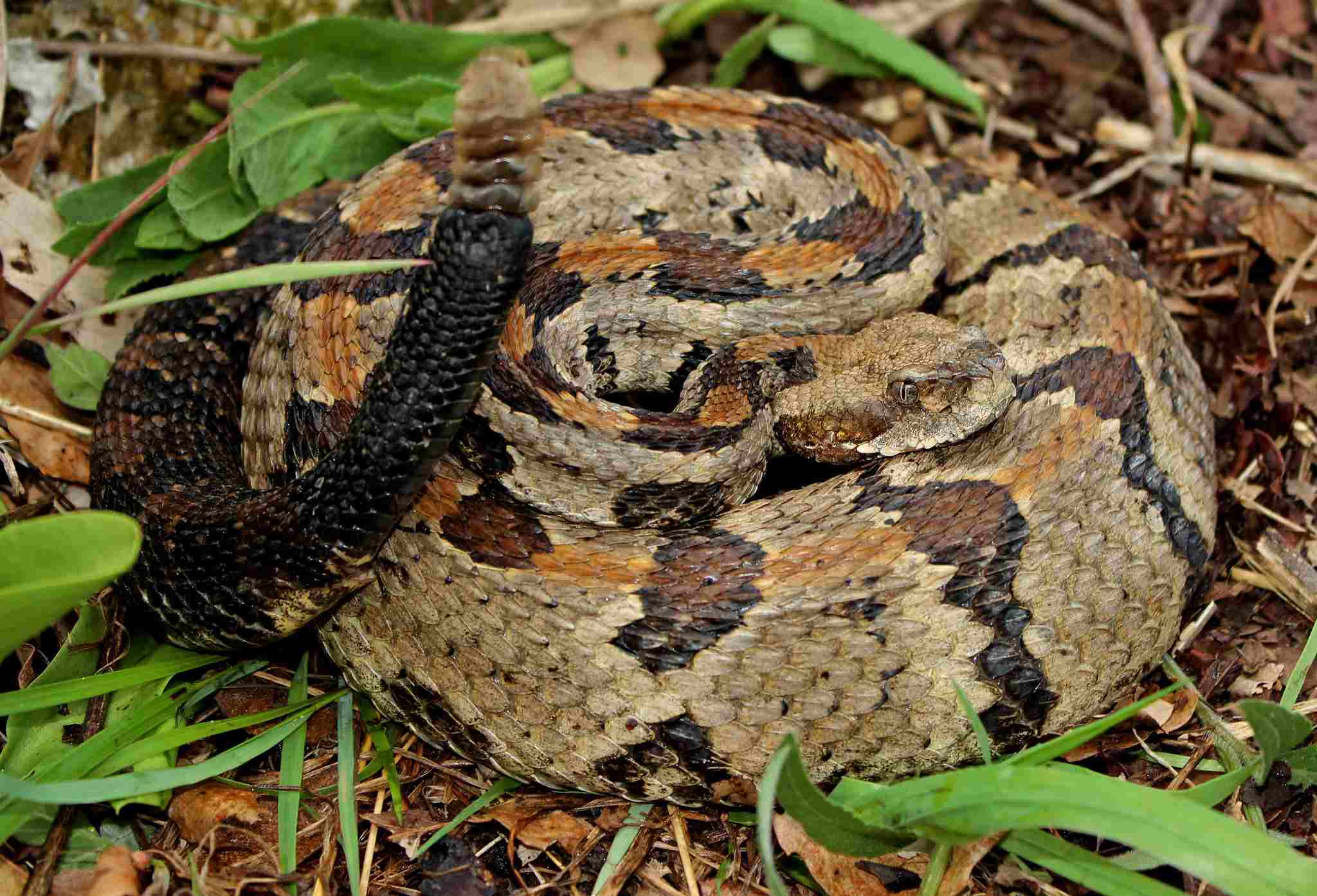
Gila Monster:
Arid and semi-arid regions of southwestern United States and northern Mexico.
Beaded Lizard:
Arid and semi-arid regions of southwestern United States and Central America.
Rattlesnake:
Diverse habitats including deserts, grasslands, and forests across the Americas.
Comparison:
Overlapping habitats in arid regions, but rattlesnakes exhibit a broader geographic distribution.
Ecological Implications:
Adaptations to specific habitats contribute to their ecological roles and niche specialization.
13. Tracks:
Gila Monster and Beaded Lizard:
Leave distinctive tracks resembling their body shape with claw marks.
Rattlesnake:
Lack limbs, so no distinct tracks; movement leaves a trail in the substrate.
Comparison:
Gila Monster and Beaded Lizard leave track patterns with claw marks, while rattlesnakes’ movement is trackless.
Ecological Implications:
Tracking can aid in population studies and ecological research, providing insights into their presence in an area.
14. Lifespan:
Gila Monster:
Approximately 20-30 years in the wild.
Beaded Lizard:
20-30 years in the wild.
Rattlesnake:
Varies widely among species, ranging from 10 to 25 years.
Comparison:
Similar lifespan ranges for Gila Monster and Beaded Lizard, while rattlesnakes show more variability.
Ecological Implications:
Long lifespans contribute to their roles in ecosystem stability and predator-prey dynamics.
15. Mode of Feeding:
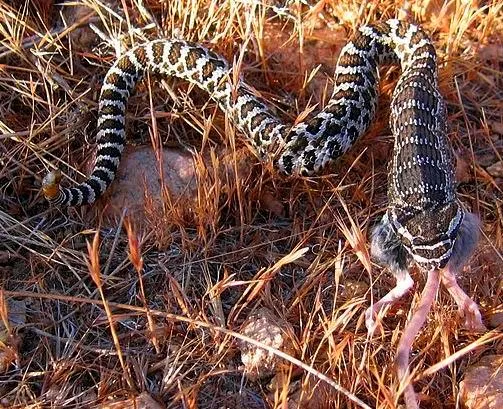
Gila Monster and Beaded Lizard:
Carnivorous; feed on small mammals, eggs, and sometimes nestlings.
Rattlesnake:
Carnivorous; primarily prey on rodents, birds, and other small animals.
Comparison:
Similarities in carnivorous feeding habits across the three species.
Ecological Implications:
Prey preferences influence population dynamics within their ecosystems.
16. Intelligence:
Gila Monster and Beaded Lizard:
Limited cognitive abilities; rely on instinctual behaviors.
Rattlesnake:
Basic cognitive abilities; exhibit learned behaviors.
Comparison:
Limited intelligence observed in all three species.
Ecological Implications:
Instinct-driven behaviors contribute to their survival strategies within specific ecological niches.
17. Social Behavior:
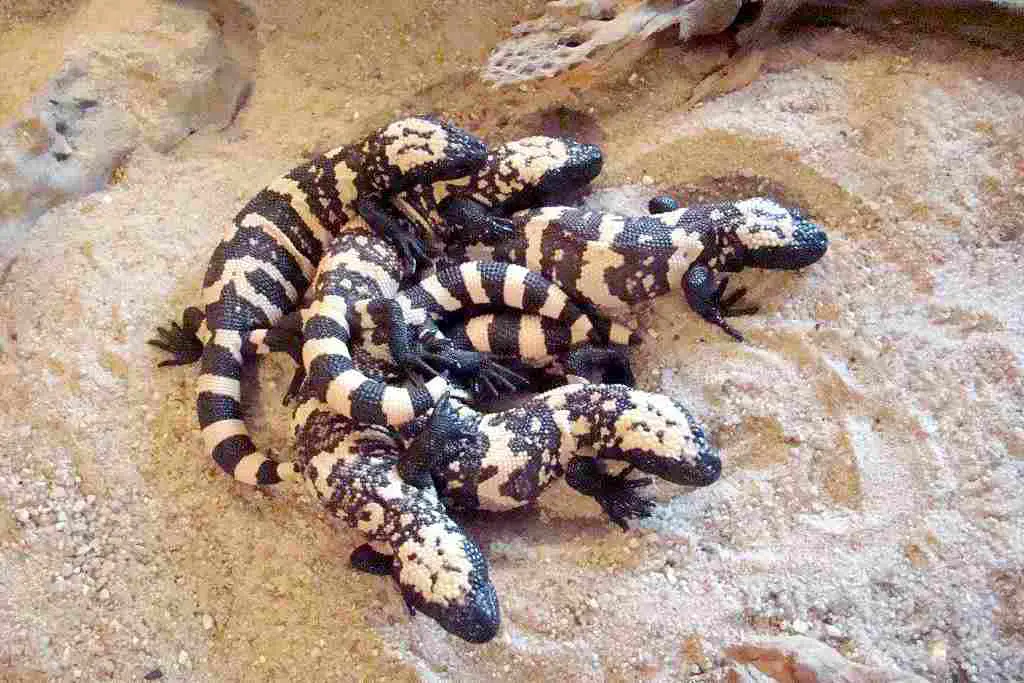
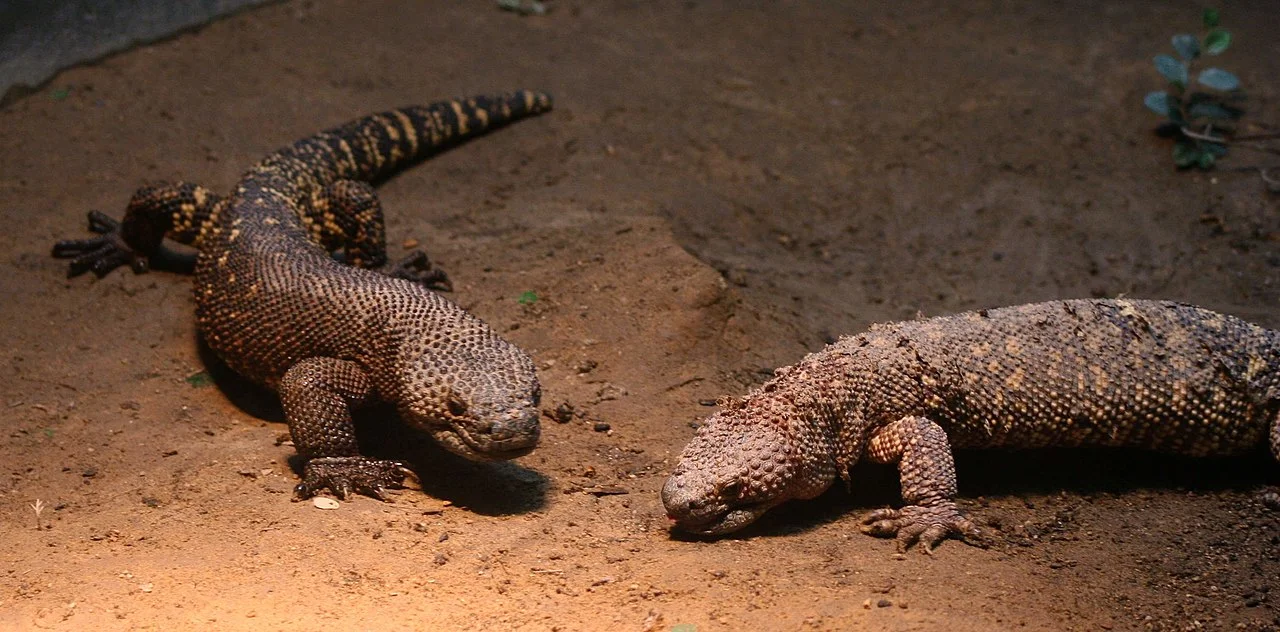
Gila Monster and Beaded Lizard:
Mostly solitary; interact primarily during the breeding season.
Rattlesnake:
Generally solitary, but aggregations may occur in suitable habitats.
Comparison:
Solitary behavior dominates, with limited social interactions.
Ecological Implications:
Solitary habits relate to resource utilization and reproductive strategies within their environments.
18. Mode of Reproduction:
Gila Monster and Beaded Lizard:
Oviparous; lay eggs in burrows or suitable locations.
Rattlesnake:
Viviparous or ovoviviparous; some species give birth to live young while others lay eggs.
Comparison:
Gila Monster and Beaded Lizard share the oviparous mode, while rattlesnakes exhibit both oviparous and viviparous strategies.
Ecological Implications:
Reproductive strategies align with environmental conditions and parental care requirements.
19. Parental Behavior:
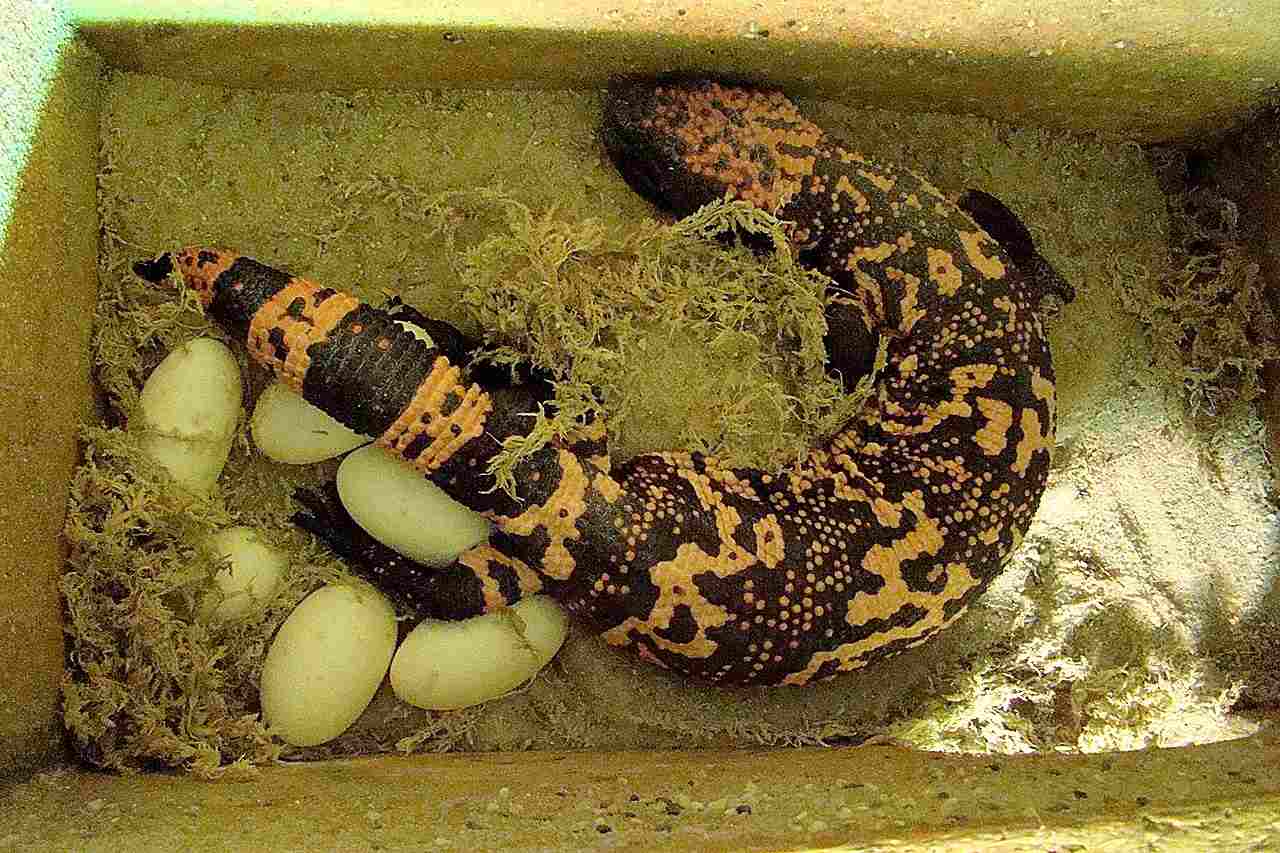
Gila Monster and Beaded Lizard:
Limited parental care; females guard the eggs until hatching.
Rattlesnake:
Limited parental care; some species exhibit attendance until hatching or birth.
Comparison:
Limited parental care is a common theme, with slight variations.
Ecological Implications:
Parental care impacts offspring survival and contributes to population dynamics.
20. Proximity to Human-Inhabited Areas:
Gila Monster and Beaded Lizard:
Can be found in desert areas near human settlements.
Rattlesnake:
More adaptable; may inhabit various environments close to human habitats.
Comparison:
Rattlesnakes exhibit greater adaptability to human-altered landscapes.
Ecological Implications:
Adaptability influences the potential for interactions and conflicts with humans.
21. Behavior Toward Humans:
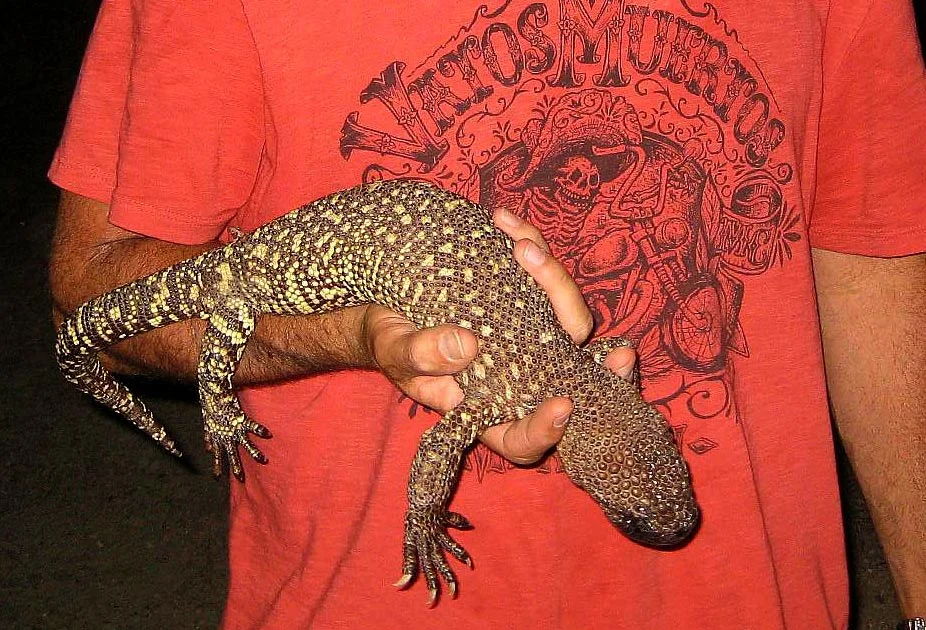
Gila Monster and Beaded Lizard:
Generally avoid human contact; may display defensive behavior if threatened.
Rattlesnake:
Typically shy and will try to avoid humans, but may strike if cornered or provoked.
Comparison:
All three species exhibit avoidance behavior but may become defensive if threatened.
Ecological Implications:
Defensive behaviors contribute to self-preservation and minimizing conflicts with potential predators, including humans.
22. Danger Posed to Humans:
Gila Monster and Beaded Lizard:
Venomous bites are rare, but can cause pain and discomfort; fatalities are extremely rare.
Rattlesnake:
Venomous bites can be dangerous, potentially leading to severe health issues or fatalities if not treated promptly.
Comparison:
All three pose some level of danger due to their venomous nature.
Ecological Implications:
Venom serves as a crucial adaptation for predation and defense in their respective ecosystems.
23. Associated Precautions:
Gila Monster and Beaded Lizard:
Caution required when encountering; avoid provoking or handling.
Rattlesnake:
Exercise caution, especially in snake-prone areas; give them space to avoid bites.
Comparison:
Similar precautions apply to avoid potential harm from bites.
Ecological Implications:
Human awareness and caution contribute to coexistence and minimize negative interactions.
24. Conservation Status:
Gila Monster:
Near Threatened.
Beaded Lizard:
Various species have different conservation statuses; some are Near Threatened or Vulnerable.
Rattlesnake:
Conservation status varies among species; some are of Least Concern, while others face threats.
Comparison:
Conservation concerns exist for all three, with specific species facing varying levels of threat.
Ecological Implications:
Conservation efforts are vital to preserving biodiversity and maintaining ecological balance.
*Summary of Comparison
Taxonomy:
Gila Monster and Beaded Lizard belong to the family Helodermatidae, while Rattlesnake belongs to the family Viperidae.
Appearance:
Gila Monster and Beaded Lizard exhibit a distinctive bead-like appearance, while Rattlesnakes have a slender body with triangular heads.
Size:
Beaded Lizard is generally larger than Gila Monster, while Rattlesnakes vary widely in size among species.
Weight:
Beaded Lizard is significantly heavier than Gila Monster, and Rattlesnake weights vary widely.
Bite Force (PSI):
Gila Monster and Beaded Lizard rely on venom, while Rattlesnakes use venomous fangs for prey immobilization.
Physical Offensive Advantages:
All three species utilize venom as a primary offensive mechanism.
Physical Defensive Advantages:
Gila Monster and Beaded Lizard rely on robust scales, while Rattlesnakes use camouflage, rattling tail, and venomous bite.
Speed:
Gila Monster and Beaded Lizard are slow-moving, while Rattlesnakes exhibit variable slithering speeds.
Agility:
Rattlesnakes demonstrate more agility, especially in striking at prey.
Senses:
Gila Monster and Beaded Lizard rely on a good sense of smell, while Rattlesnakes have well-developed infrared vision.
Overall Physical Capacity:
Different adaptations cater to their specific ecological roles.
Habitat Preference(s) and Geographic Region:
Gila Monster and Beaded Lizard inhabit arid regions, while Rattlesnakes have a broader geographic distribution.
Tracks:
Gila Monster and Beaded Lizard leave distinctive tracks with claw marks, while Rattlesnakes’ movement is trackless.
Lifespan:
Gila Monster and Beaded Lizard have similar lifespan ranges, while Rattlesnakes show more variability.
Mode of Feeding:
All three species share carnivorous feeding habits.
Intelligence:
Limited intelligence observed in all three species.
Social Behavior:
Solitary behavior dominates, with limited social interactions.
Mode of Reproduction:
Gila Monster and Beaded Lizard are oviparous, while Rattlesnakes exhibit both oviparous and viviparous strategies.
Parental Behavior:
Limited parental care is a common theme in all three.
Proximity to Human-Inhabited Areas:
Rattlesnakes exhibit greater adaptability to human-altered landscapes.
Behavior Toward Humans:
All three species exhibit avoidance behavior but may become defensive if threatened.
Danger Posed to Humans:
All three pose some level of danger due to their venomous nature.
Associated Precautions:
Similar precautions apply to avoid potential harm from bites.
Conservation Status:
Conservation concerns exist for all three, with specific species facing varying levels of threat.
Conclusion:
I. Similarities:
All three species are venomous reptiles with similar ecological roles in their respective habitats.
II. Differences:
Varied in size, habitat preferences, reproductive strategies, and conservation statuses, reflecting their adaptations to diverse ecological niches.


